Latest News

F1 News & Gossip
Lando Norris takes aim at Red Bull over FIA cheating accusations
- 7 minutes ago

Max Verstappen
Max Verstappen 'says YES' to Mercedes F1 deal as Red Bull loss looms
- 51 minutes ago

F1 Today
F1 News Today: Verstappen exit clause 'active' as Red Bull announce NEW driver lineup for British GP
- 2 hours ago

F1 on TV
Sky F1 coverage update issued after Germany sale confirmed
- Yesterday 22:56

Daniel Ricciardo
Daniel Ricciardo issues retirement update as ex-F1 star makes surprising public appearance
- Yesterday 21:56

Red Bull
Red Bull chief Christian Horner fires warning shot at Yuki Tsunoda after Austrian GP nightmare
- Yesterday 20:54
Most read

500.000+ views
FIA issue Lando Norris disqualification verdict at Austrian Grand Prix
- 29 june

250.000+ views
F1 News Today: Austrian Grand Prix race result confirmed as FIA issue Lando Norris disqualification verdict
- 1 july

200.000+ views
FIA announce George Russell punishment verdict at Canadian Grand Prix
- 14 june

150.000+ views
FIA announce harsh McLaren penalty verdict after Oscar Piastri incident at Canadian GP
- 14 june

150.000+ views
Lewis Hamilton disqualification proves McLaren are real deal at Austrian Grand Prix
- 1 july

150.000+ views
Mercedes F1 star hit by FIA deleted lap ruling after Canadian Grand Prix
- 16 june








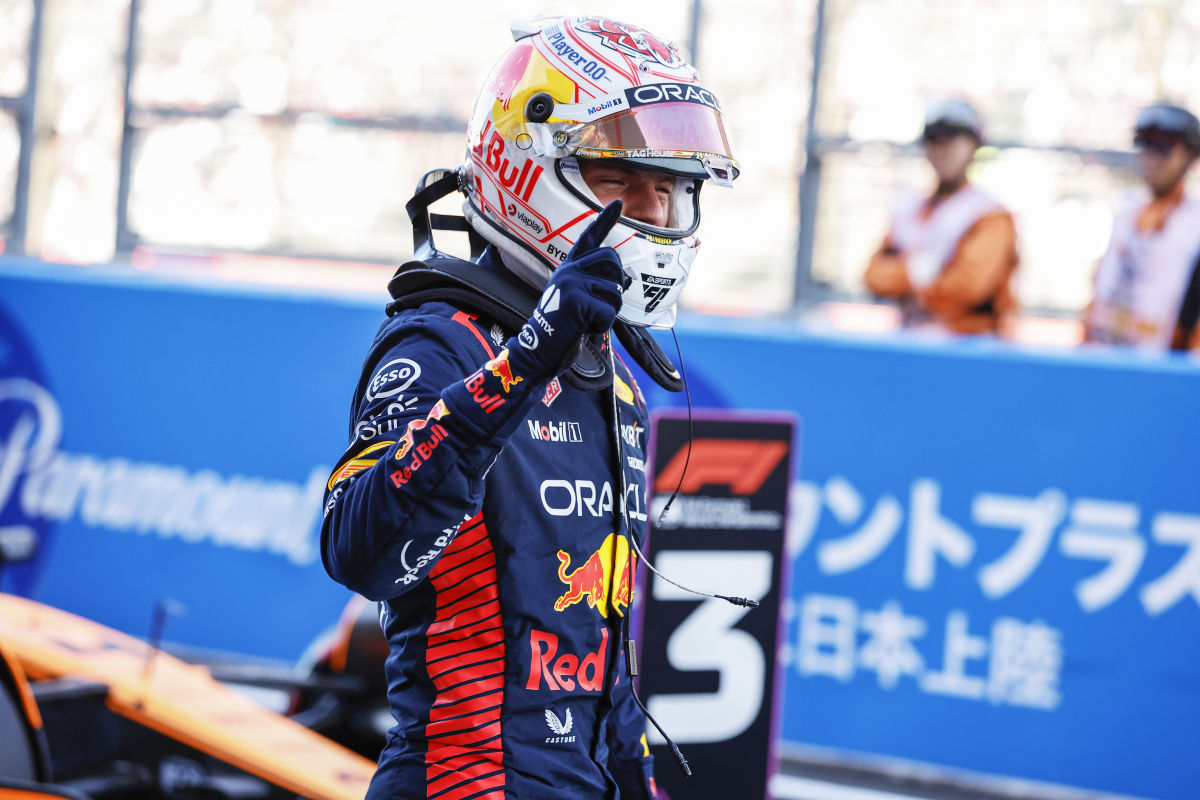

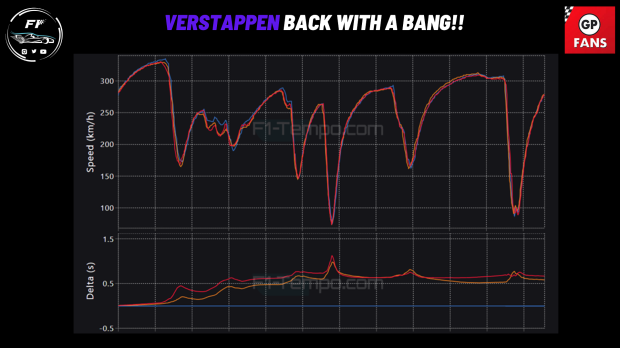
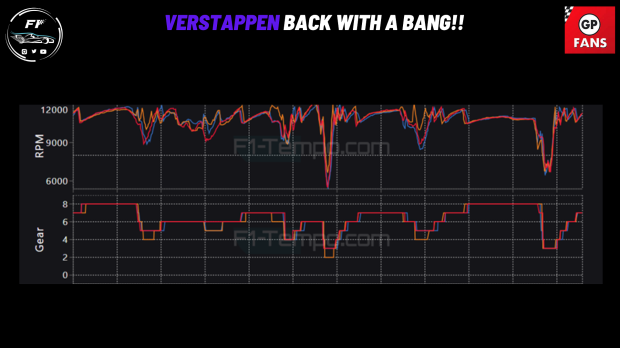
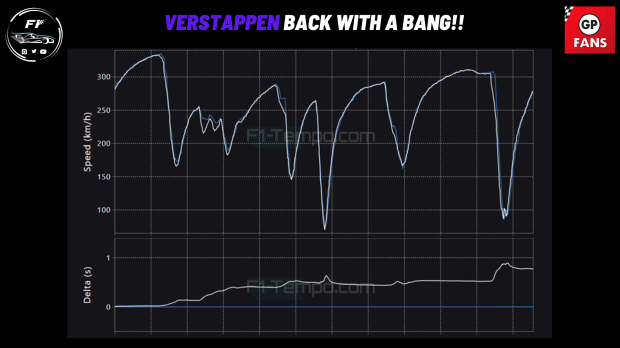
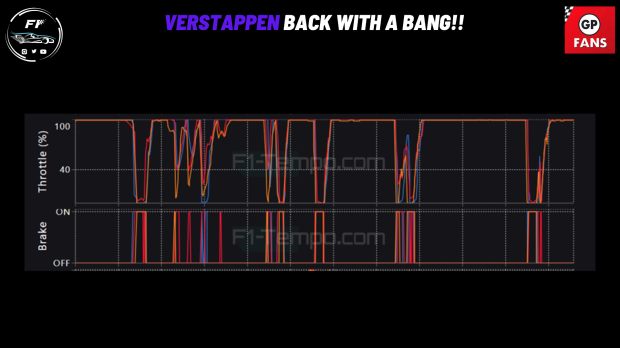















 Grand Prix of Australia 2025
Grand Prix of Australia 2025  Grand Prix of China 2025
Grand Prix of China 2025  Grand Prix of Japan 2025
Grand Prix of Japan 2025  Grand Prix of Bahrain 2025
Grand Prix of Bahrain 2025  Saudi Arabian Grand Prix 2025
Saudi Arabian Grand Prix 2025  Grand Prix De Monaco 2025
Grand Prix De Monaco 2025  Gran Premio de España 2025
Gran Premio de España 2025  Grand Prix du Canada 2025
Grand Prix du Canada 2025  Grand Prix of Austria 2025
Grand Prix of Austria 2025  Grand Prix of Belgium 2025
Grand Prix of Belgium 2025  Grand Prix of Hungary 2025
Grand Prix of Hungary 2025  Grand Prix of Azerbaijan 2025
Grand Prix of Azerbaijan 2025  Grand Prix of Singapore 2025
Grand Prix of Singapore 2025  Gran Premio de la Ciudad de Mexico 2025
Gran Premio de la Ciudad de Mexico 2025  Grande Prêmio de São Paulo 2025
Grande Prêmio de São Paulo 2025  Qatar Grand Prix 2025
Qatar Grand Prix 2025  Grand Prix of Abu Dhabi 2025
Grand Prix of Abu Dhabi 2025 